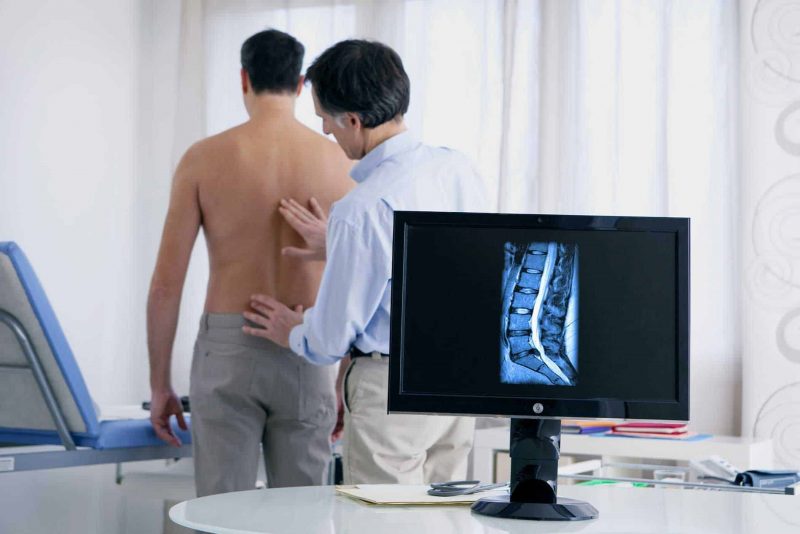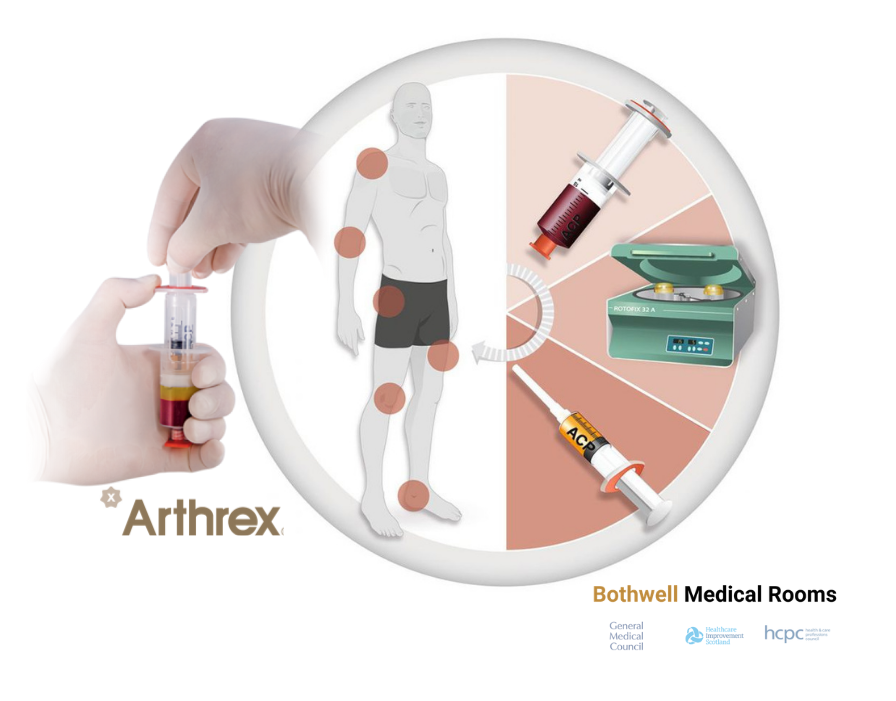Steroid Injections
Steroid (corticosteroid) injections are given to provide pain relief and reduce inflammation in the joints and soft tissues of the body.
Cortisone is used which is a powerful anti-inflammatory medicine that works to break the cycle of pain and swelling in the joint.
Once pain is reduced a graduated return to normal exercise can be supervised by one of our physiotherapists.
Conditions treated by Steroid Injections
Steroid injections are effective in treatment of inflammatory conditions such as osteoarthritis (wear and tear, arthritis), rheumatoid arthritis and sudden painful attacks caused by gout.
Sports injuries, ankle sprains, Achilles tendonitis, knee ligament sprains and bursitis can all be treated by steroid injections.
It is most important to have an accurate diagnosis of the injury or condition and our clinicians are experts in diagnosis.
They will examine you thoroughly and may use ultrasound to assist the diagnosis. If necessary, you will be referred for an MRI or to a surgeon if surgery is indicated.
PRP – Platelet Rich Plasma Injections
Platelet rich plasma (PRP) is derived from a blood sample from the patient, then spun in a centrifuge to separate the platelets which are drawn off.
Platelets are small cells responsible for clotting and healing and are full of ‘growth factors’ and ‘cytokines’ which boost healing. The platelet rich plasma is then injected into the area that is causing your pain.
Conditions treated by PRP – Platelet Rich Plasma Injections
PRP injections are used to treat osteoarthritis especially of the knee and shoulder.
Osteoarthritis can cause pain, swelling, and stiffness and is due to the wear and tear of the joints. PRP can be as effective as corticosteroid and a hyaluronic acid injection (a joint lubricant) in improving symptoms and can last longer.
If pain is decreased an exercise programme to strengthen and mobilise will enhance the effect.
Hyaluronic Acid Injections
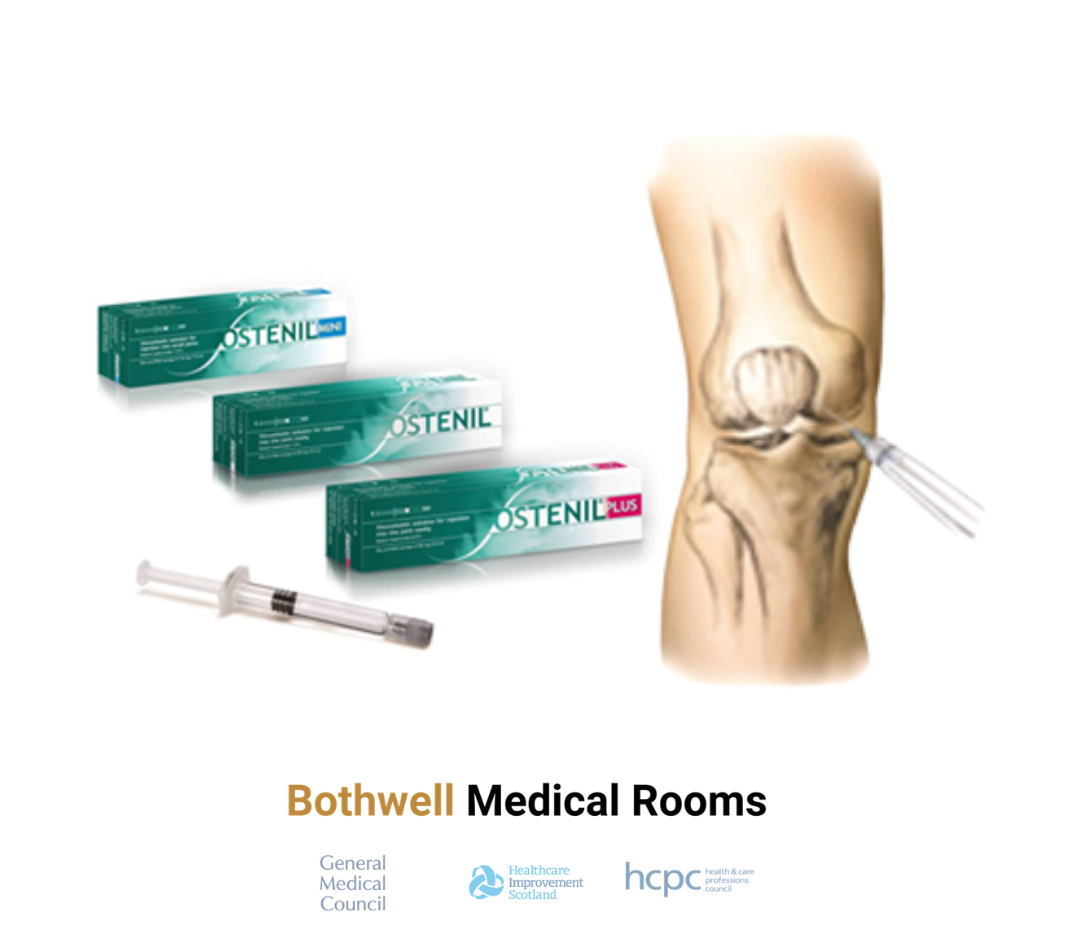
These injections are used to decrease pain and stiffness and improve mobility for people suffering from osteoarthritis or arthritis (also known as ‘wear and tear’) in the joints.
The solution injected contains sodium hyaluronate and it is injected into the joint space where the synovial fluid is. The fluid acts as a lubricant reducing friction and improving the supply of oxygen and nutrients to the worn cartilage.
Conditions treated by Hyaluronic Acid Injections
Hyaluronic acid (HA) Injections are most effective in the treatment of osteoarthritis of joints especially the knee joint. The drug works to restore the balance between the breakdown and production of sodium hyaluronate in the synovial fluid of the joint.
Once pain and stiffness have decreased, a graduated exercise programme supervised by one of our practitioners will result in improvement in mobility and strength.
Epidural Injections
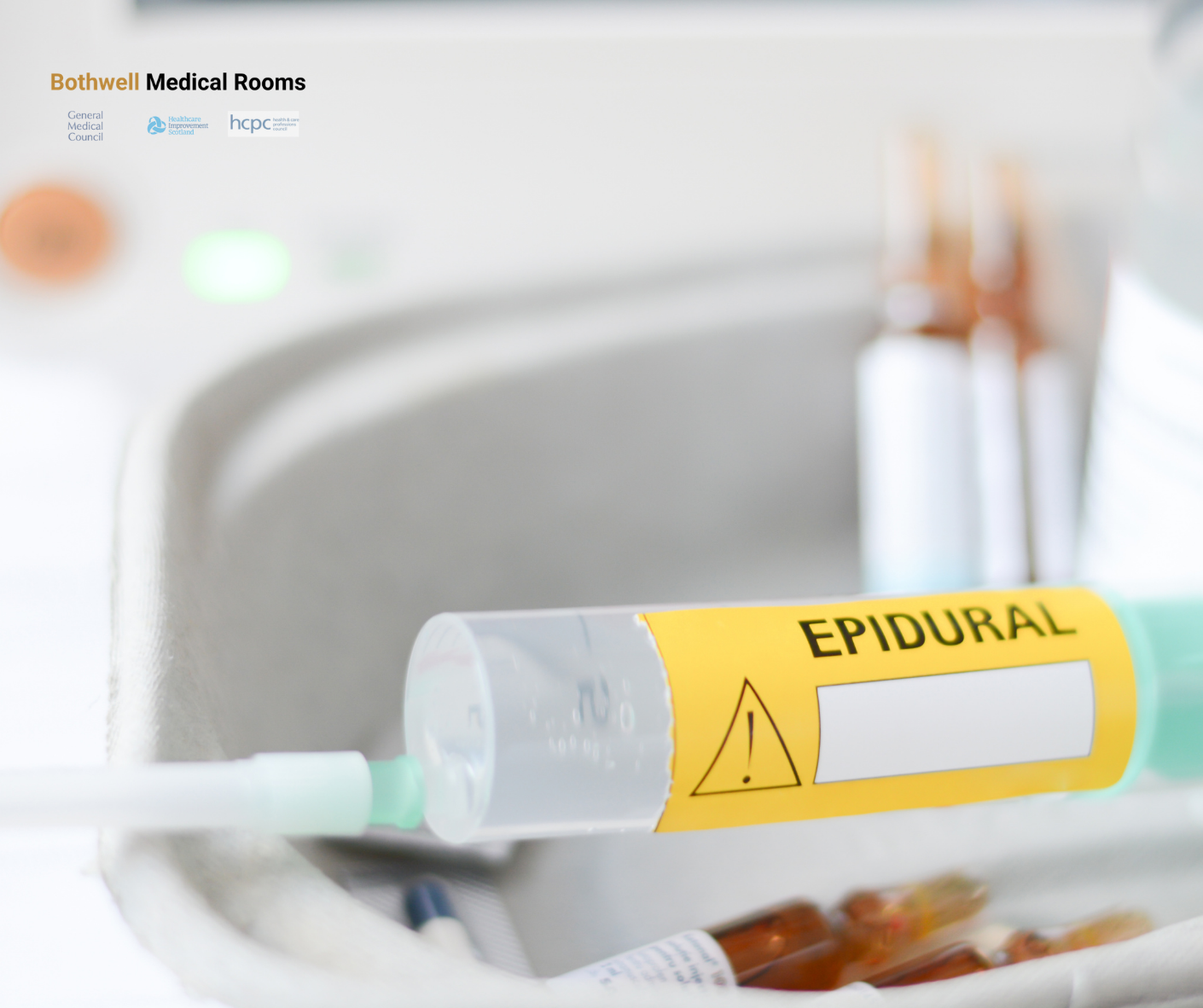
This is an anti-inflammatory cortisone injection into the lower part of the back known as the lumbar spine.
Epidural injections can be between the vertebrae (interlaminar epidural), near the tailbone (caudal epidural) or around the nerves (nerve block, nerve root injection or transforaminal epidural injection).
The purpose of the injection is to carry the steroid mixed with saline or local anaesthetic to the epidural space where the disc or joint is causing pressure or irritation of the nerves. The drug will work to reduce swelling and pain.
What are Epidural Injections used for?
Epidural injections are for low back pain particularly when the pain is felt in your leg or foot. Research has shown the benefit of epidural steroid injections in reducing pain and swelling around irritated nerves in the back. Once the pain is under control a graduated programme of exercises under the supervision of our practitioners will optimise your long-term recovery.
Nerve Root Block Injections
These injections are given to various areas of the spinal nerves at the point at which they leave the spine at their root. You can have lumbar (low back) or cervical (neck) nerve root block injections.
The injection is a mix of anaesthetic and steroid which work together to numb the root for immediate relief and to reduce inflammation over the next few weeks. If the pain reduces during the procedure this helps confirm the accuracy of the diagnosis.
Conditions treated by Nerve Root Block Injections
This type of injection is given to diagnose and treat pain that travels down the leg usually caused by a prolapsed (slipped) disc where the disc bulge presses on the nerve root. Another condition this is used for is spinal stenosis which is when the opening for the root is restricted by bony narrowing due to arthritis and the root becomes irritated. The pressure on the nerve root causes inflammation and swelling which then causes pain to be referred down the leg.
Arm pain from a slipped disc in the neck is also treated by nerve block injections.
Trigger Point Injections
Steroid injections with a long acting anaesthetic are given to provide pain relief (by blocking pain pathways) and reducing inflammation in soft tissues such as muscles and tendons. Cortisone is used which is a powerful anti-inflammatory medicine that works to break the cycle of pain and swelling in the affected part of the body.
The local anaesthetic can reduce the sensitisation of the nerve pathways which maintain some painful trigger points. Once the pain is reduced a graduated return to normal exercise can be supervised by one of our physiotherapists.
What is a Trigger Point?
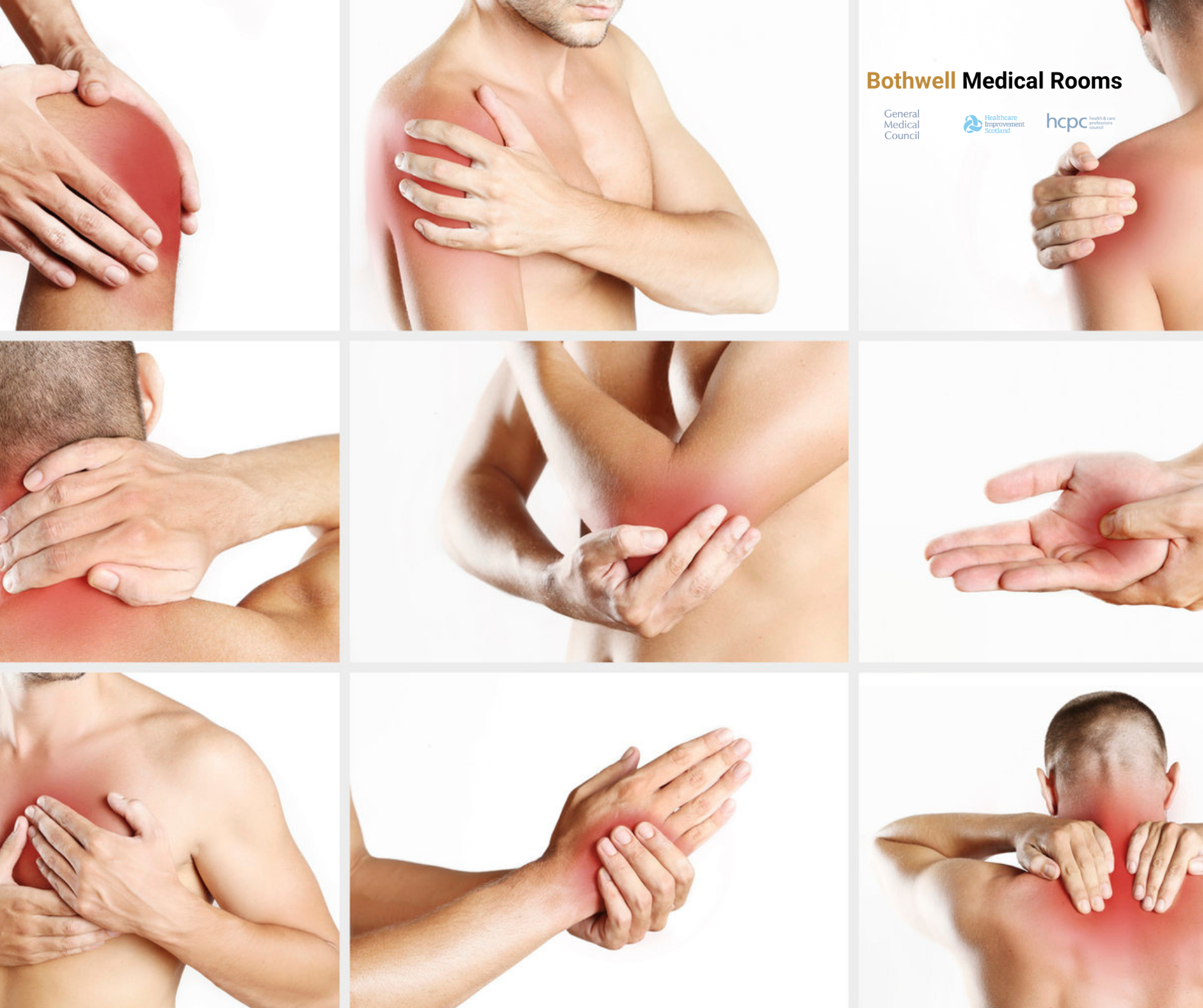
A trigger point is a sensitive area of the body, stimulation or irritation of which causes a specific effect in another part, especially a tender area in a muscle which causes generalized musculoskeletal pain when overstimulated.
Acupuncture and Dry Needling are also useful methods of treating painful trigger points along with manual therapy, stretching and soft tissue massage.
If these techniques do not work for you the practitioner will refer you to one of the clinicians for a steroid injection with a long-acting local anaesthetic.
Facet Joint Injection
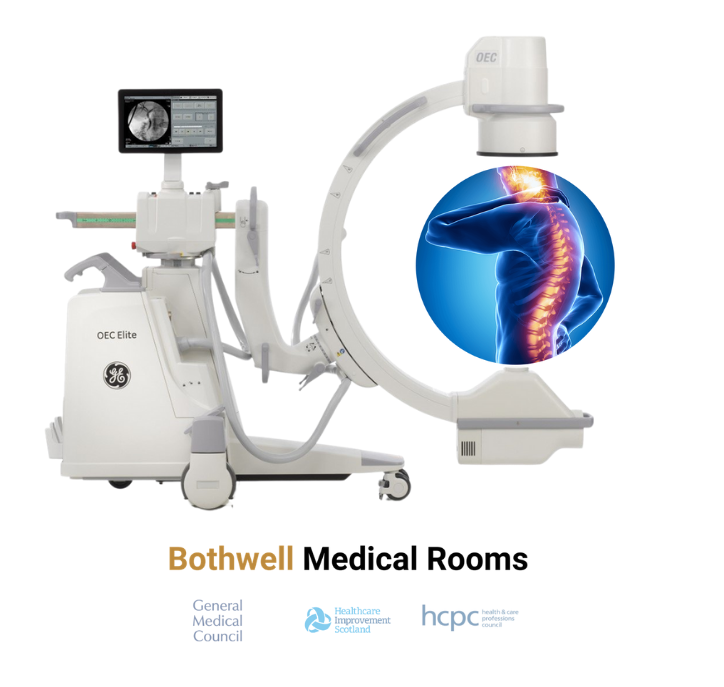
This is an anti-inflammatory steroid injection into the small facet joints of the neck, mid or lower back.
The purpose of the injection is to carry the steroid mixed with a local anaesthetic to the inflamed facet joint which may be irritating the nerves in the back. The drug will work to reduce swelling and pain.
Conditions treated by Facet Joint Injections
Most backache related to facet joints can be treated successfully with a combination of exercise, manipulation and improved posture. If this does not work and the pain is severe, a facet joint injection might help. Once the pain is under control a graduated programme of exercises under the supervision of our practitioners will optimise your long-term recovery.


